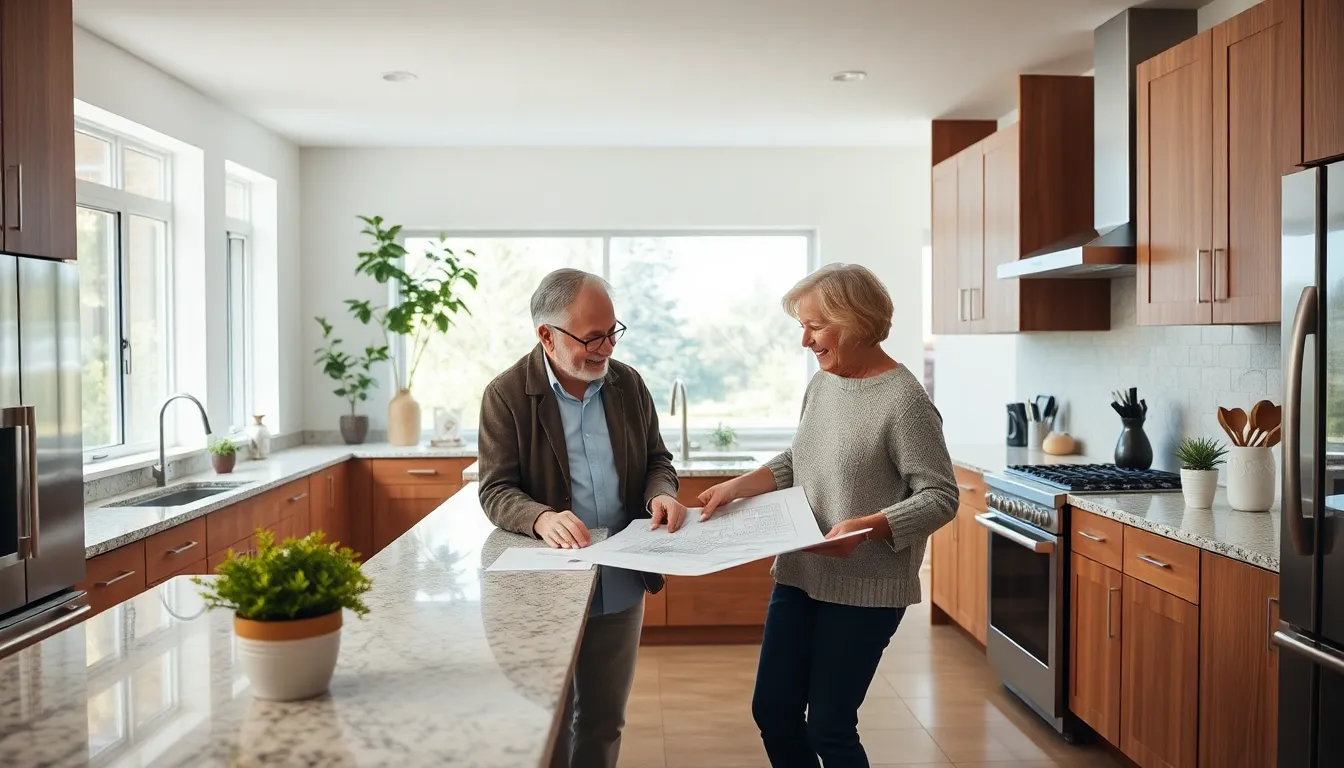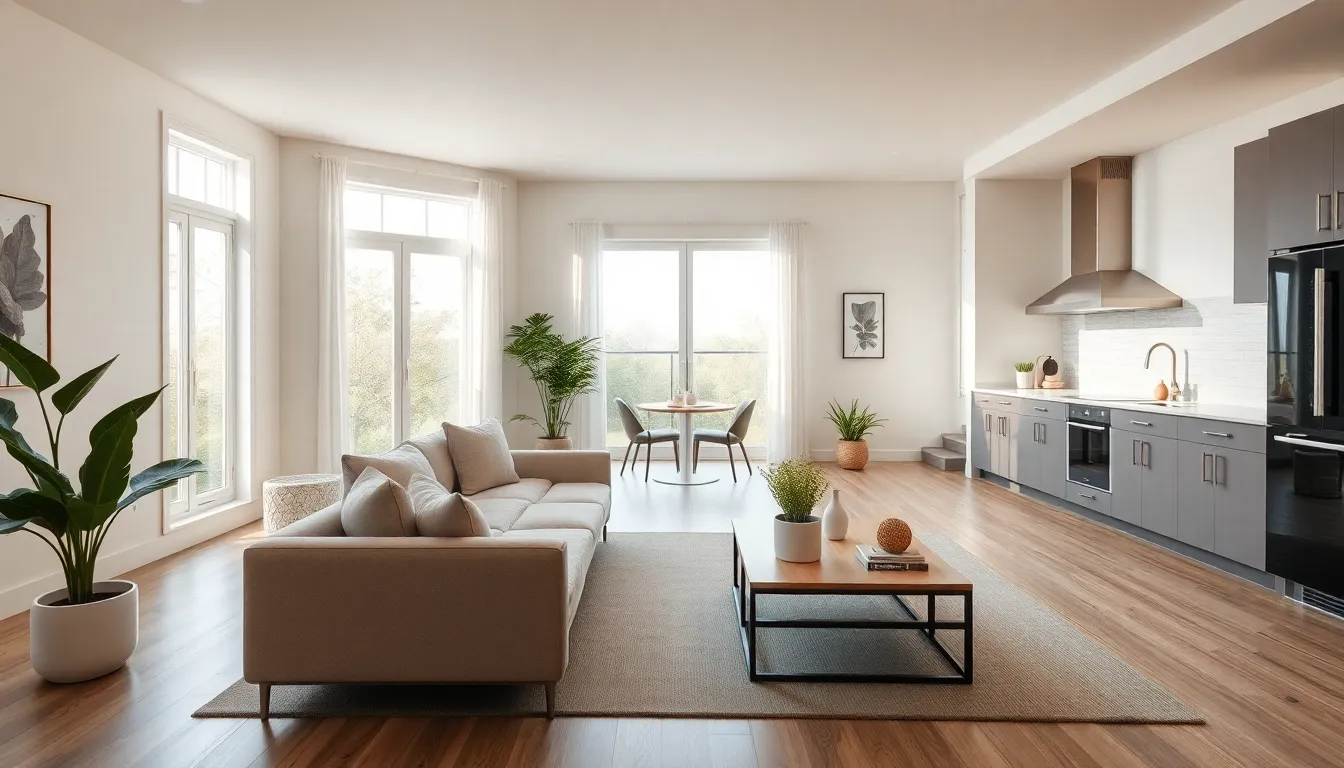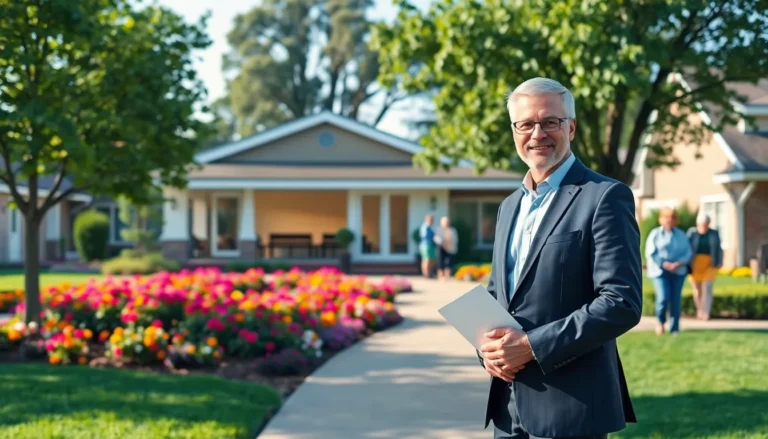Retirement isn’t just about relaxing with a piña colada on the beach, though that does sound nice. It’s also the perfect time to invest in your home. After spending years hustling, from frantic workdays to juggling family duties, it’s time for a change. Home remodeling for retirement can do more than just add flair: it can enhance comfort, accessibility, and joy. So why not turn your nest into an oasis that reflects your hard-earned freedom? Let’s jump into how you can transform your living space to match your new chapter with style and grace.
Table of Contents
ToggleWhy Retirement Is The Perfect Time For Remodeling

Retirement symbolizes a new start. Freed from the daily grind, individuals can focus on what truly matters. This period presents a unique opportunity to reevaluate living spaces. Perhaps the house was designed during a busy family phase: now it can evolve into a sanctuary of comfort and leisure. Remodeling allows retirees to create functional spaces tailored precisely to their needs.
As they spend more time at home, enhancing the environment can significantly impact their quality of life. Whether it’s upgrading the kitchen for entertaining or transforming a bedroom into a serene retreat, the options are endless. What better way to celebrate retirement than by crafting the perfect home?
Besides, remodeling can increase home value. A well-executed renovation not only improves daily living but can also be a wise investment. Planning changes carefully now can lead to greater enjoyment as they age in place, allowing retirees to relish their surroundings for years to come.
Assessing Your Needs and Lifestyle Changes
Understanding specific needs and lifestyle changes is crucial in a remodeling project. An age group that once thrived on activity may now prioritize ease and accessibility. It’s essential to evaluate how daily routines will change. Will they need space for hobbies? Maybe an office to work on projects? These considerations should drive the design.
A good first step is to create a list of must-haves and nice-to-haves. Think about mobility issues that might arise. Are there stairs to navigate? If so, investing in a single-story layout or adding an elevator could be a game changer. Space planning should focus on open layouts, minimizing clutter, and ensuring safe navigation throughout the home. Safety features can blend seamlessly with aesthetics for a chic yet practical design.
Budgeting For Your Remodeling Project
Budgeting is a key aspect of any remodeling project. Start by determining a reasonable budget that aligns with both desires and financial realities. Be sure to consider not only labor costs but also materials, permits, and any unforeseen expenses that may pop up during the renovation.
It’s wise to get multiple quotes from different contractors to find a balance between quality and cost. Don’t shy away from discussing your retirement budget with professionals. They can help identify where to splurge and where to save without compromising on quality. Remember, it can be tempting to add on features, but it’s essential to keep focused on what benefits improve comfort and accessibility.
Design Ideas For Senior-Friendly Homes
When considering design ideas for senior-friendly homes, creativity plays a vital role. Think about incorporating universal design principles that enhance usability for everyone.
Open Spaces and Minimalist Design
Open spaces allow for easy navigation and eliminate the chances of stumbling over furniture. Minimalist designs create a serene atmosphere, reducing visual clutter.
Smart Home Technology
A home outfitted with smart technology can dramatically improve comfort. Voice-activated systems, smart lighting, and temperature controls make living at home more convenient without requiring unnecessary physical effort.
Easy-to-Use Fixtures and Fittings
Choosing lever handles over traditional knobs can make a difference. Likewise, non-slip flooring materials create safety for those less steady on their feet. Accessible kitchen and bath designs can enrich the daily routine.
Choosing The Right Contractors And Professionals
Selecting the right contractors and professionals is key to a successful remodeling project. Research potential candidates thoroughly. Seek referrals from friends or check online reviews. It’s essential to work with individuals who have experience in senior-friendly designs, as they’ll understand the specific needs required.
Always interview candidates and ask about their portfolio. A good contractor will encourage open communication, helping retirees feel confident throughout the process. Transparency about timelines, costs, and expectations ensures a smoother journey. Obtaining necessary permits also matters: reputable contractors will handle this aspect as part of their service, so ensure you understand these requirements.
Sustainable Remodeling Options For Retirement Homes
Incorporating sustainable practices into a remodeling project is becoming more common. Eco-friendly materials, energy-efficient appliances, and sustainable landscaping options don’t just help the planet, they can also lower utility bills and increase home comfort.
The Importance Of Accessibility Features
Integrating accessibility features into the design helps plan for the future. It’s never too early to address potential mobility issues. Features like grab bars, wide doorways, and walk-in showers ensure home remains a safe haven as one ages.
Creating A Relaxing Outdoor Space
Outdoor areas can enhance overall well-being. Consider creating a relaxing outdoor space that encourages tranquility. Raised garden beds or easy-to-maintain landscaping can provide enjoyment with minimal effort. Designing patios that allow for entertaining guests or simply enjoying a quiet afternoon can transform a backyard into an extension of living space.







